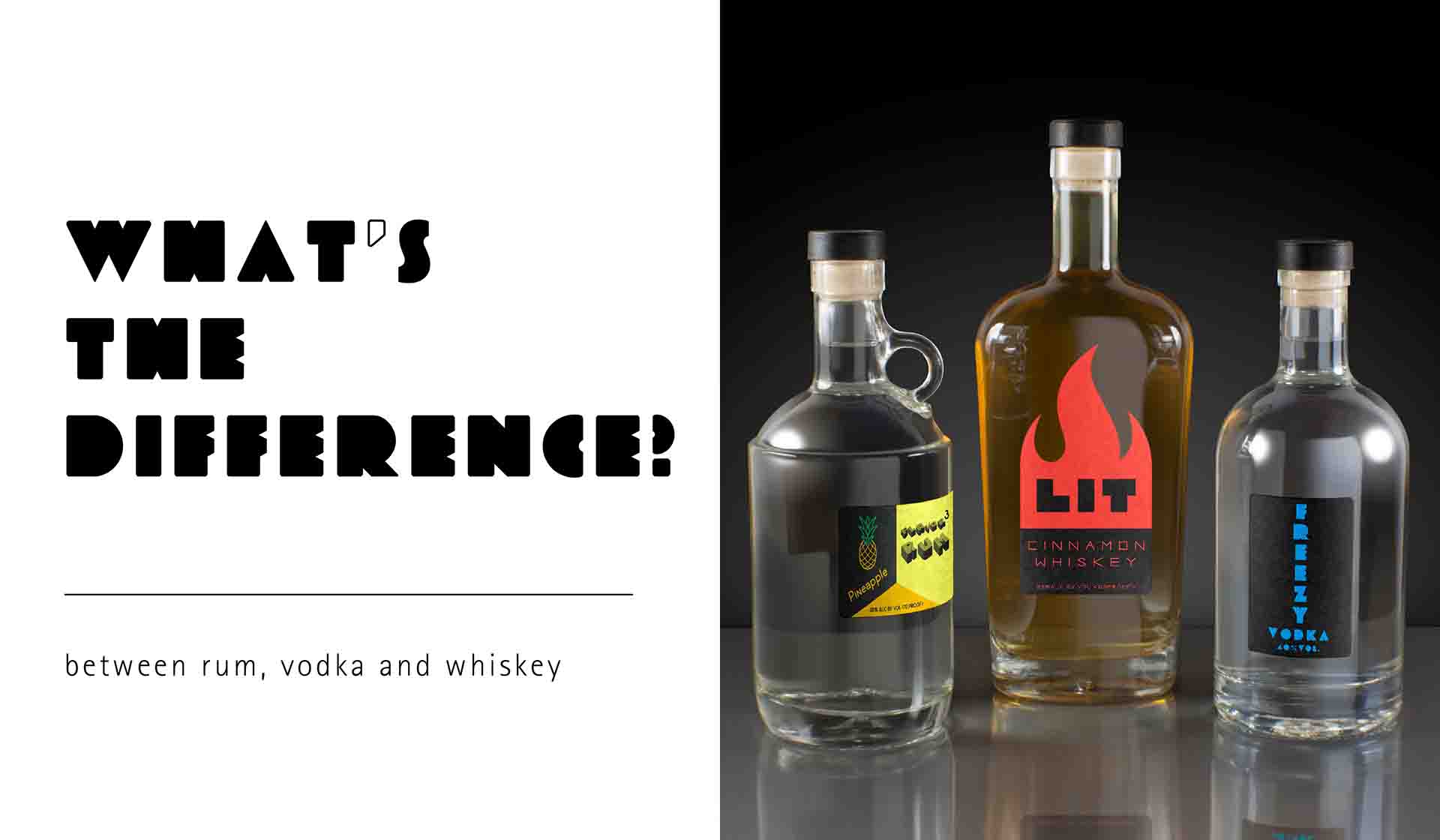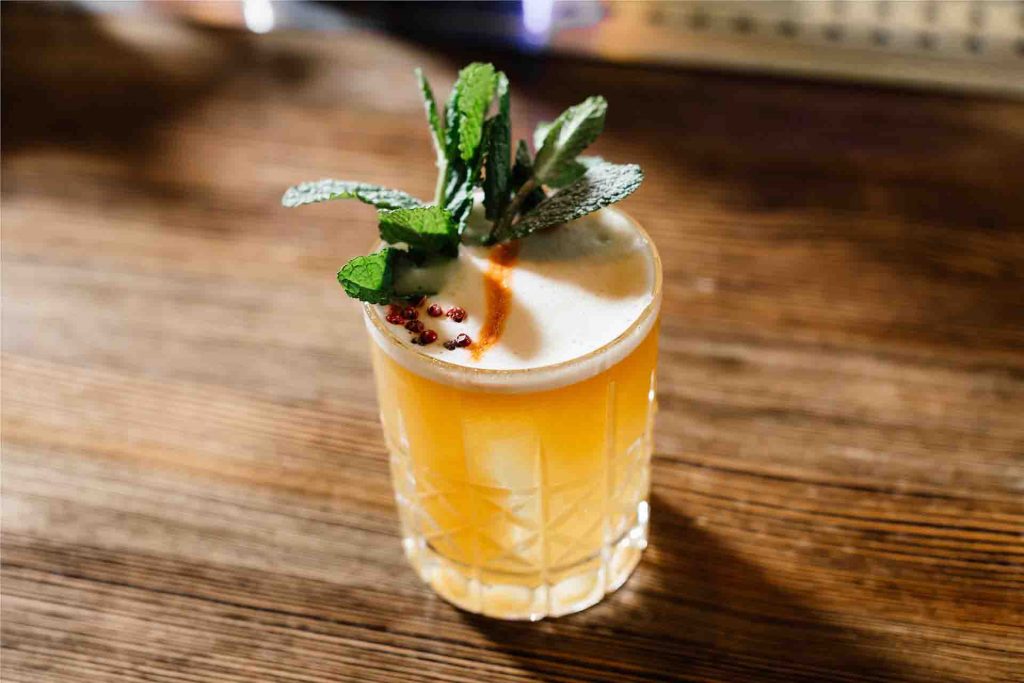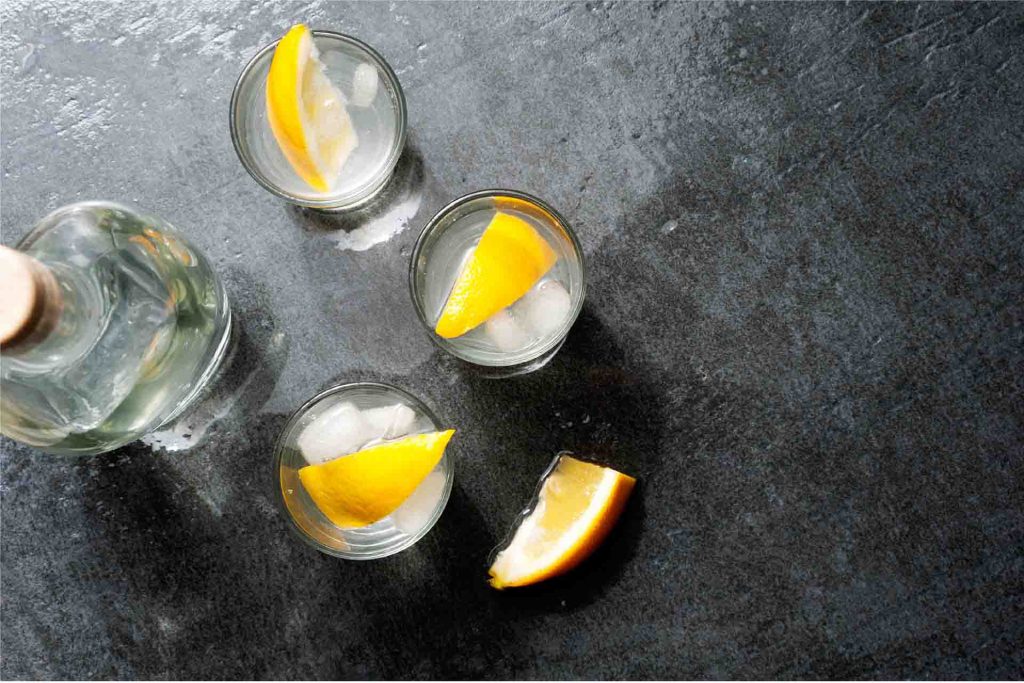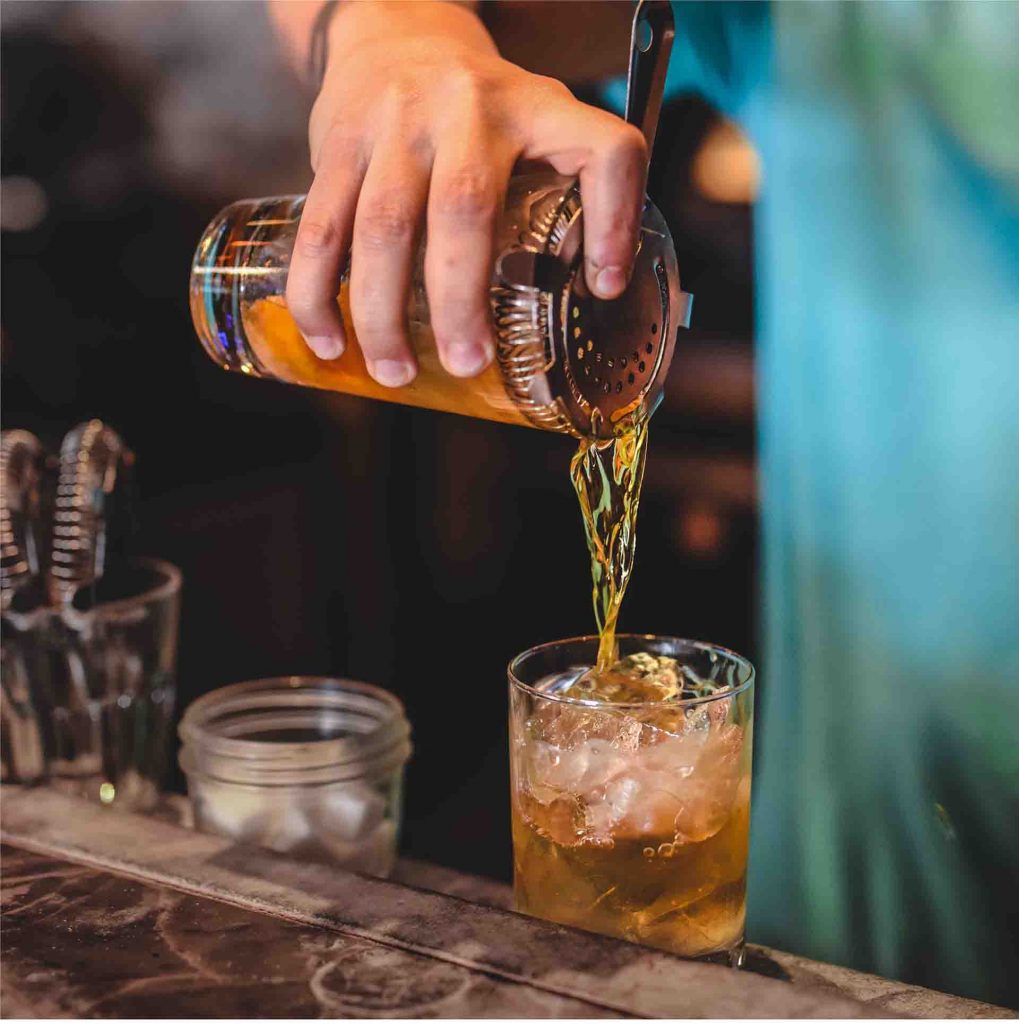What’s the Difference Between Rum, Vodka, and Whiskey?

If you’ve ever wondered what the difference is between your favorite bottled spirits, you’re not alone. While consumers often have their preference when it comes to alcohol, many do not know what differentiates one spirit from another.
Let’s take a closer look at your favorite bottled spirits and how they differ:

What is rum? Is Rum Whiskey? What’s the difference?
Rum is a distilled spirit made from the byproducts of sugarcane, including sugarcane juice or molasses. What’s the difference between rum and whiskey? Rum is a spirit distilled from sugar cane, whereas whiskey is a spirit distilled from fermented grain mash. There is no clear-cut history behind rum, but there are many possibilities as to where it was first produced. Today’s rum primarily comes from Latin America and the Caribbean islands, where it is believed plantation slaves first discovered that molasses could be fermented into alcohol.
Like most alcoholic beverages, rum is made using fermentation, distillation, and the natural aging process. The taste of rum will differ based on where it’s made. The color and strength of rum also varies from one brand to the next.
During the fermentation process, water and yeast are added to the sugarcane byproduct to break down the sugars. It is the yeast that changes the aroma and taste of various rums. Following the distillation process, rum must be aged for at least one year on a wooden cask to obtain its color. Some commercial companies that produce colorless rum use stainless steel tanks for aging.
Rums are characterized by different variations and grades, including:
Light rum
Rum that is clear or light in color, is often referred to as white rum. Its flavor is usually very light and is frequently used for mixing other drinks.
Dark rum
Rum that is dark in color, including red, brown, or black has been aged for long periods of time in charred wooden barrels. It has a stronger and sweeter taste compared to other rum varieties.
Gold rum
Gold rum is aged in barrels made of white oak. It has a stronger flavor than light rum and appears amber in color.
Spiced rum
Rum that is dark in color and has added flavoring, including spices like cinnamon, aniseed, and pepper.
Flavored rum
Rum that is infused with flavors like citrus fruit, banana, or coconut.
Premium rum
Premium rum has been carefully aged and is made of the highest-quality raw materials. It is usually sold at a higher price point and is thought to have more flavor and aroma than other rum varieties.

What is vodka?
Vodka is a distilled spirit that starts with water, yeast, and fermented grains. Vodka grains may include:
- Corn
- Rye
- Wheat
- Rice
- Sorghum
Vodka can also be made from potatoes or fruit.
The grains are fermented, drawing out their natural sugars. Yeast is added to the remaining liquid to help ferment the sugars. Following the fermentation process, the liquid is distilled multiple times to remove impurities. Through the distillation process, the liquid is heated to boiling and the resulting alcohol vapors are collected, which become the vodka product.
Vodka was first produced in medieval times and used as a medicine. It originated in Poland and became popular in Russia in the 1700s. Vodka was introduced to the United States in the 1940s. Today, many of the finest vodkas are produced in Eastern Europe.
Vodka is a colorless spirit, sometimes infused with fruity additives for additional flavor. Grain-based vodka offers a light, crisp taste, while potato-based vodkas are said to have a fuller, heavier feel on the palate.

What is whiskey?
Whisky is a distilled beverage made from a fermented grain mash that may include:
- Barley or malted barley
- Rye or malted rye
- Wheat
- Corn
It is believed that whiskey has origins with the Greeks as far back as the third century, when spirits were distilled to make fragrances. It was in Italy in the thirteenth century when whiskey was first distilled as a drinking alcohol and medicine. It become an extremely popular drink in Scotland soon after.
Whiskey is categorized in several ways, primary as a grain whiskey or a malt whiskey. Malting occurs when a grain is first germinated before it is fermented.
After fermentation, whiskey is distilled then aged in a wooden barrel to gain its strength. Once bottled, whiskey does not continue to age. Whiskeys aged in charred wooden barrels gain an amber or golden-brown color.
Other whiskey classifications include:
Single malt: a whiskey made from a single type of grain and a single distillery
Blended malt: a mix of different whiskeys from multiple distilleries
Blended: a mixture of malt and grain whiskeys with added spirits, colors, and flavoring
Single cask: the bottle of whiskey is aged in an individual cask
Cask strength: whiskeys that are bottled without dilution directly from the cask
Whiskey’s flavor and aroma depends on where the product was made and how it was aged. Whiskey’s varied taste is primarily based on the type of raw materials used and its quality.
If you plan to try your hand at bottling your own spirits, make sure to select the finest ingredients to ensure a good batch. You also need to store your fine spirits in a high-quality bottle with a tight-sealing spirits cap to help your beverages maintain their integrity.

Great resource to know exactly what goes behind making of spirits…Thumbs up.. Way to go Jonathon
CAN I ADD VODKA AND BEER AT A SAME TIME IN ONE GLASS OR VODKA AND WHISKEY, DOES IT IS GOOD FOR HELATH
Thanks sharing information about Whiskey and vodka. Both are good brands. Love this blog. .
I believe you are leaving out the main point, which explains why vodka is odorless and tasteless, while the distillation process for rum and whiskey carries the grain flavors forward. Does not vodka get distilled to the neutral grain spirits level – 190 proof – which eliminates the carry through characteristics of the source grain – before being cut with water to an appropriate level for retail? Which explains also why the source grain of different vodkas is insignificant? Whereas whiskeys and rums cut off the distillation around 160 proof, a level that allows the characteristic flavors to pass into the distillate? I think this is a major biggee in the difference!
It is great blog post. I like it. Thanks for sharing this information with us.
Thank you for this content. Well-explained and well-detailed.
Please
The methods of making wine, whiskey, and vodka are different but the benefits are the same. Overall Well-explained and well-detailed.
Thumbs up!
Wow I’m so impressed with the explanation.
One really got to know what we take in .
Fabulous…. Well done mate. Great work indeed. U explained it in an easy way.